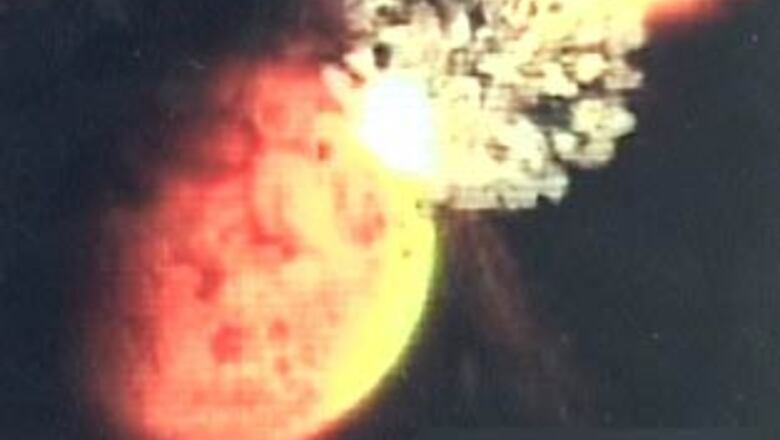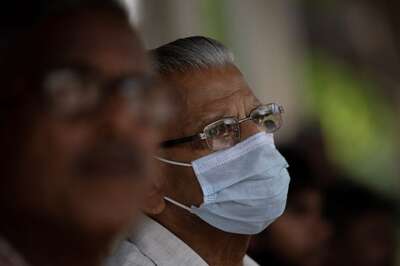
views
Washington: A privately owned US communication satellite collided with a defunct Russian satellite in orbit posing a risk to the international space station. A NASA official said that this is the first such incident in space.
It was the first such collision in space, NASA spokesman Kelly Humphries said on Wednesday, adding that the magnitude of the accident was still unknown.
NASA will take weeks to determine the full magnitude of the crash, which occurred on Tuesday nearly 790 km over Siberia, at an altitude used by satellites that monitor weather and carry telephone communications among other things.
According to an e-mail alert issued by NASA on Wednesday, Russia's Cosmos 2251 satellite slammed into the Iridium 33 satellite at 1155 hrs IST (0455 GMT).
The incident was observed by the US Defence Department's Space Surveillance Network, which later tracked two large clouds of debris.
"This is the first time we have ever had two intact spacecraft accidentally run into each other," said chief scientist of NASA's Orbital Debris Program Office at the Johnson Space Centre in Houston, Nicholas Johnson.
"It was a bad day for both of them," he added.
Johnson said outdated spacecraft, rocket stages and other components break apart in space every year, but there have only been three relatively minor collisions between such objects in the last 20 years. Never before have two intact satellites crashed into one another by accident, he added.
The debris created in Tuesday's collision is being tracked to assess its risk of damaging other satellites and the International Space Station, which is currently home to two American astronauts and one Russian cosmonaut.
The space station orbits at an altitude of about 354 km, well below the impact point between the Russian and US satellites.
NASA believed that any risk to the space station and its three astronauts is low. There also should be no danger to a space shuttle set to launch February 22 with seven astronauts, officials said, but that will be re-evaluated in the coming days.
The risk of damage from Tuesday's collision is greater for the Hubble Space Telescope and Earth-observing satellites, which are in higher orbit and nearer the debris field.
At the beginning of this year, there were roughly 17,000 pieces of man made debris orbiting Earth, Johnson said.
Litter in orbit has increased in recent years, in part because of the break-up of old satellites. Orbital debris is now the biggest threat to a space shuttle in flight, surpassing the dangers of lift-off and return to Earth.
Iridium, which operates a constellation of 66 low earth orbiting satellites providing mobile voice and data communications globally, said on Wednesday that the incident could result in limited disruptions of service.
In a statement, Iridium characterised the incident as a "very low probability event" and said it was taking immediate action to minimise any loss of service.
The company has a system of active satellites that relay calls from portable phones that are about twice the size of a regular mobile phone. It has more than 300,000 subscribers. The US Defence Department is one of its largest customers.
Iridium said its system remains healthy and that it would implement a "network solution" by Friday.
"Within the next 30 days, Iridium expects to move one of its in-orbit spare satellites into the network constellation to permanently replace the lost satellite," the statement said.
The 560-kg Iridium 33 satellite involved in the collision was launched in 1997 while the 900-kg Russian satellite was launched in 1993 and presumed non-operational.




















Comments
0 comment